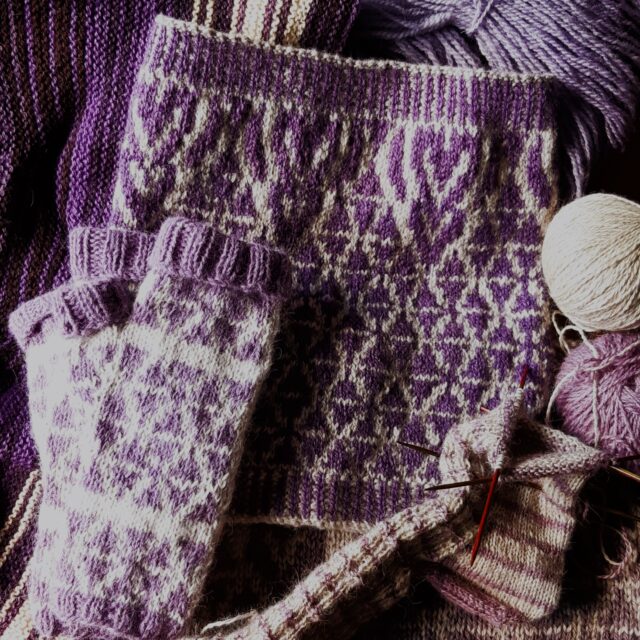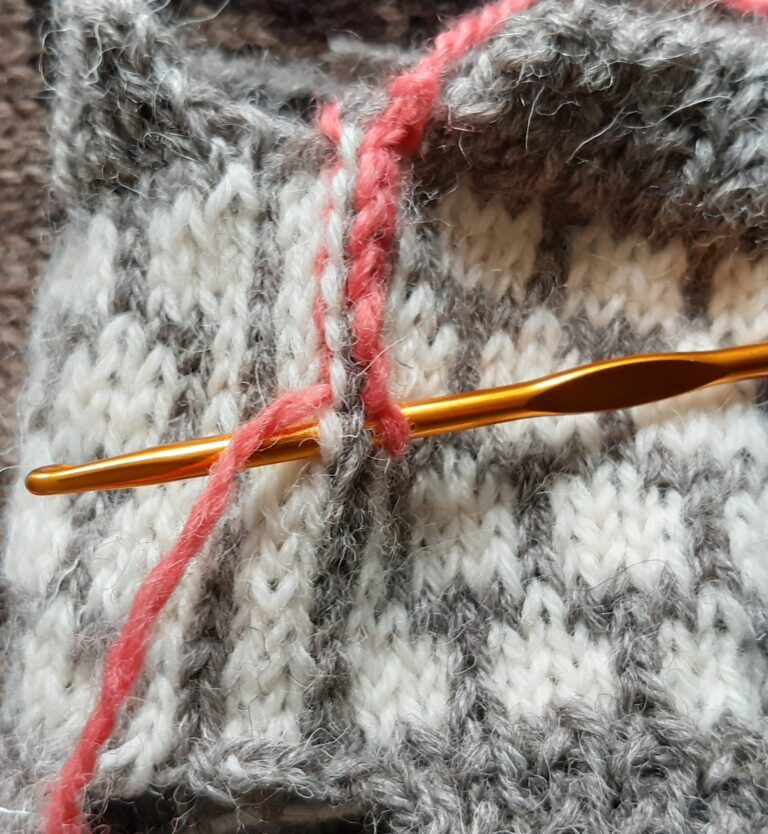
Neurodiversity and knitting pattern design
Thinking about how different people process and interact with information
The term neurodiversity refers to the idea that our brains are all different and we make sense of the world in our own way.
We all have different interests and motivations, and are naturally better at some things and not so good at others.
However, that being said, most people have brains that generally function and process information in the way that society expects. This is known as being neurotypical.
Some of us have brains that operate differently to the neurotypical. These people are called neurodivergent. They include people with conditions such as autism, ADHD, dyslexia, dyscalculia, dyspraxia and others.
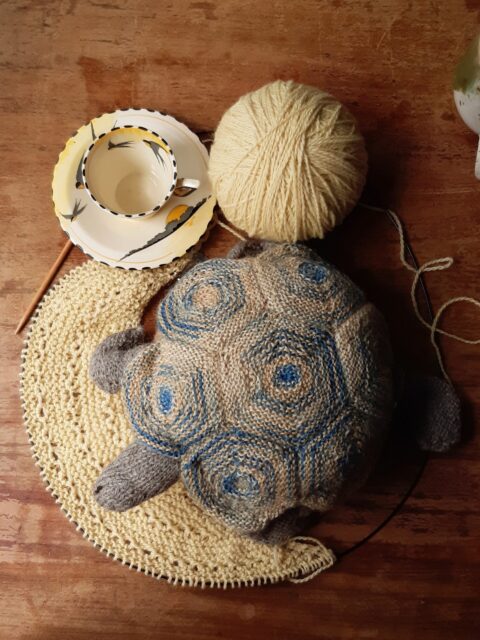
Having a brain that works differently to most, can mean that navigating information that has been written for a neurotypical audience is challenging, and even distressing.
For reference, I am someone with a number of family members who have been diagnosed as autistic. I am a teacher of teenagers and have specialised in the challenges of dyslexia, gaining a Masters degree in that area of science education.
That work looked at the experiences of students who were both dyslexic and regarded as gifted. This work opened my eyes to the challenges faced by students in dealing with written instructions in the classroom.
It was one thing to know the theory, but a whole different thing to hear how those students felt when trying to deal with written information.
As I ventured into knitting pattern design, it struck me that their thoughts and experiences would be very relevant. Everything from the design process to the layout of information, choice of font, use of abbreviations, use of charts and images and even use of colour would matter.
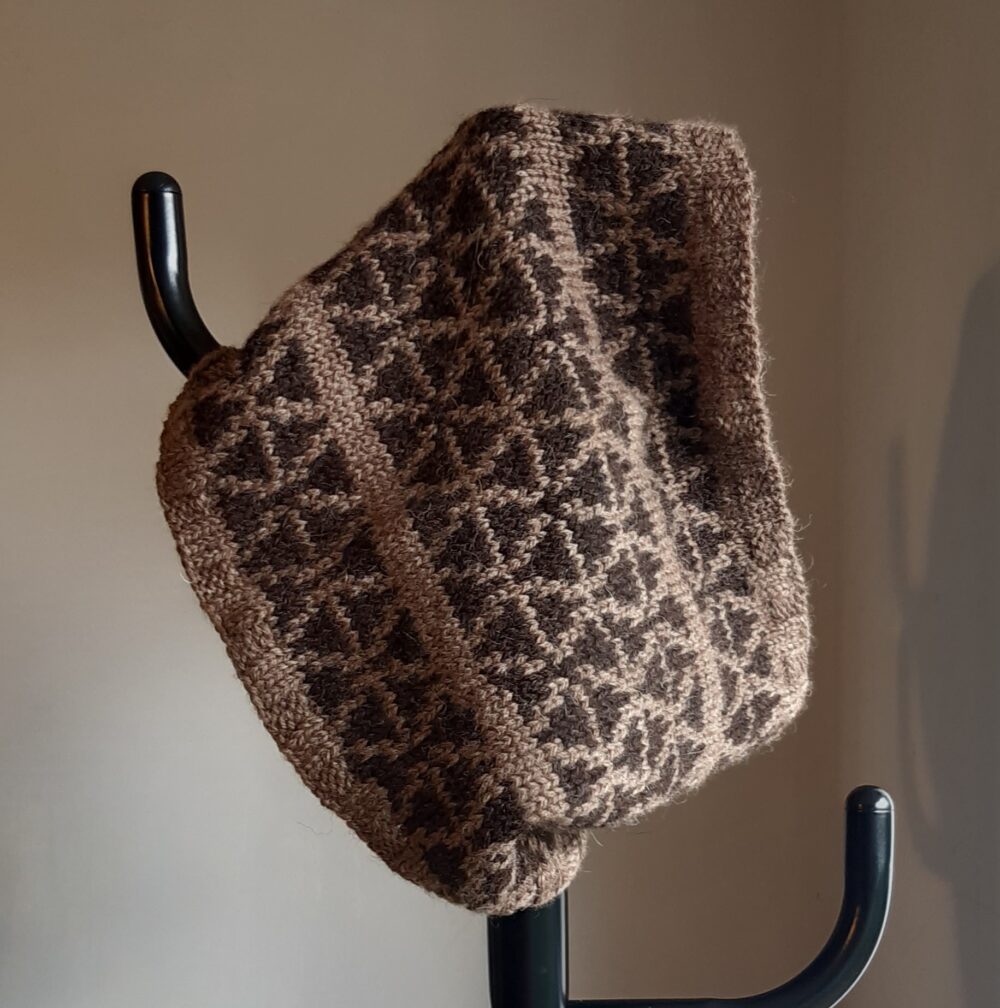
As I said, most of my work has been looking at the needs of dyslexics. However I have done plenty of reading and had good conversations with people with different types of neurodivergence, including the talented designer and neurodivergent advocate, Woolly Wormhead.
The strange and wonderful thing about this was, that although these conditions can present very differently, there do seem to be a set of core principles that could help a wide range of people.
The key idea is that of elegant simplicity.
Pieces are designed in such a way that much can be achieved with a sense of consistency, order and flow.
So in the following sections I have given some more detail about my approach to knitting pattern design. I hope that you will find it useful as a knitter and maybe helpful as a designer.
Please note though, that I am not a psychologist and my ideas are based purely on my understanding of the issues. I am very open to advice and allowing this list to evolve.
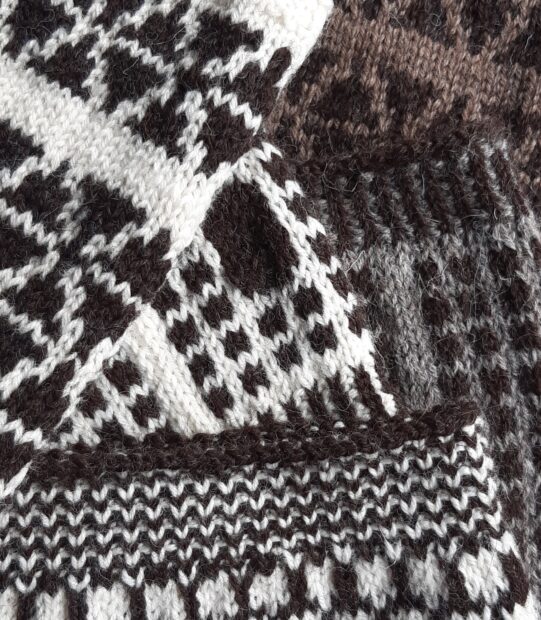
The Design Process
The design process has to start with thinking about the knitter. Will this be an enjoyable experience for them?
For people with neurodivergent brains this typically means that the knitting flows logically from one section to the next. This is one reason why I am so fond of tubular structures.
Another thing to factor in is designing for different sizes. If something is to be available in different lengths or widths, then where at all possible, I make those increases multiples of an original pattern motif. If the motif is too large then I create clear buffer zones in between the motifs.
Using repeats will also help with the reading of the finished pattern.
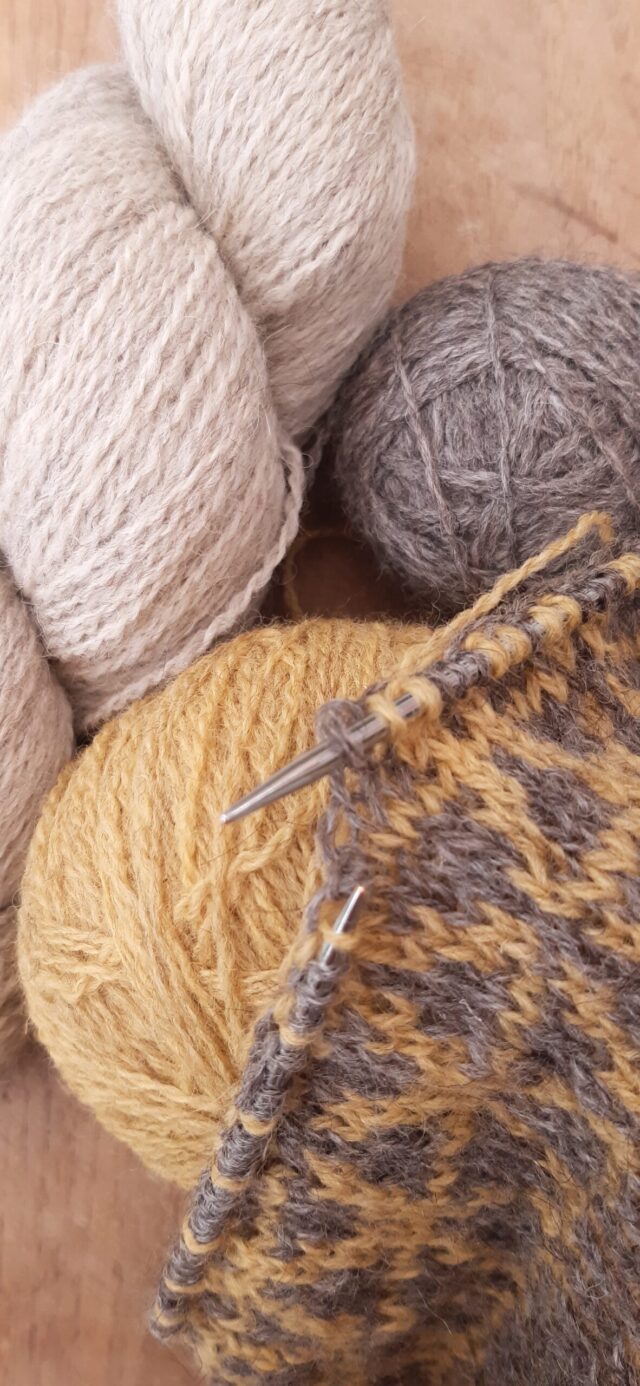
What to include
It is standard good practice for all knitters that the first page of information includes, a summary of the pattern construction, suggested materials, needles, notions, gauge, abbreviations, special stitches and links to tutorials.
However, going back to the importance of the design process, I keep abbreviations to a minimum. I write out the words knit, purl and repeat whenever they occur in the pattern, for example.
When comes to the text itself, I have learnt that it is better to keep to one colour with a high contrast to the background.
The instructions should have clear headings, written in bold but never in ALL CAPS! If you recognise words by their shape, ALL CAPS is an issue.
The same sort of thing applies to underlining, but to be honest, you don’t see that much in knitting patterns.
Genuine frustrations can occur if a person needs to keep scrolling up and down a pattern.
Keeping to the idea of having a logical flow, the sequencing of instructions should be chronological.
I try to keep the instructions short because it can be difficult to follow text over more than one line.
Lots of research emphasises that space between chunks of text is really important for clarity.
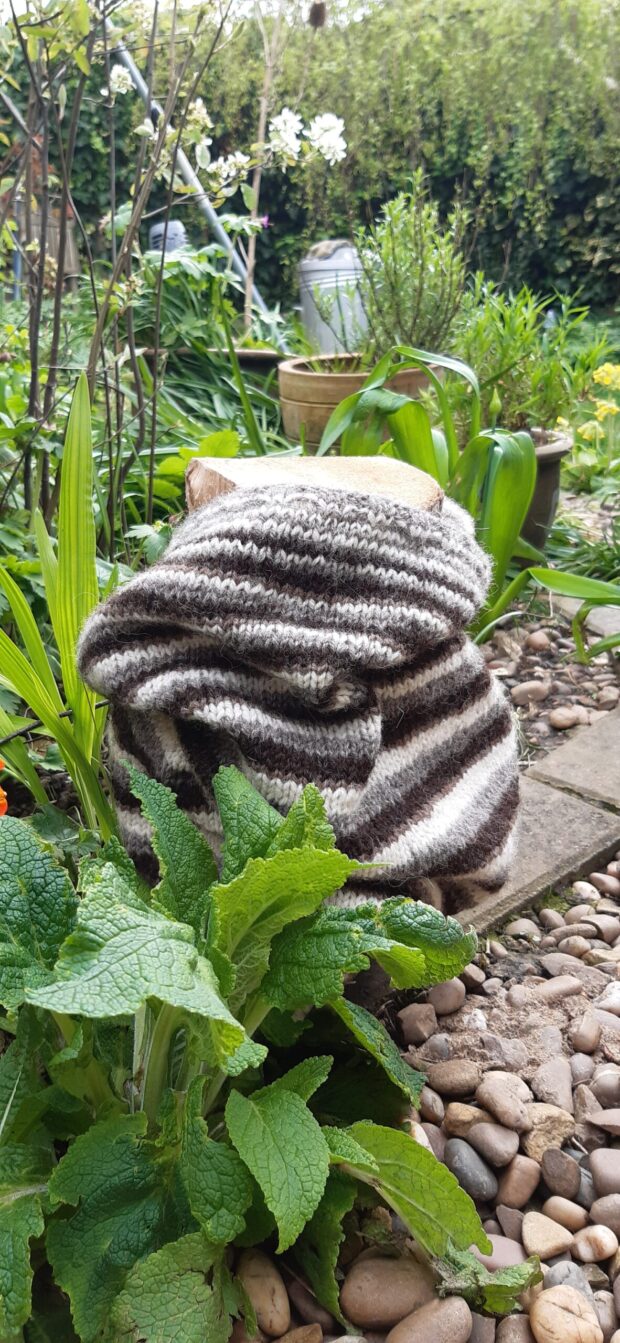
Quality of Instructions
Probably the biggest challenge for writing instructions is that there should be no ambiguity.
First of all instructions should be consistent.
Here is an example.
If your instruction for the first increase row is;
knit 3,(yarn over, knit 1)fourteen times, knit 3,
then the next time you increase you could write knit 3,(yarn over, knit1) twenty eight times, knit 3,
but not, knit 3 *yarn over, knit 1; repeat from * to last three stitches, knit 3.
They mean the same thing, but they could be confusing. Pick one and stick with it.
Another thing to consider is to never assume that a knitter does certain things out of habit in the same way that you do. We have all learnt different versions ‘how to speak knitting’.
Ensure that you write out every instruction that is needed for success.
Of course these ideas work for neurotypical people as well, so writing like this is a win-win.

Charts and images
Most of my designs are stranded colourwork and written as charts.
Visual representations can work better for some people as long as they are very clearly laid out.
Keep to two highly contrasting colours if you can.
This is another reason that I prefer designing in tubes where you are always knitting from right to left of the chart.
Knitting flat and having to turn the work to the opposite side and then work the chart from left to right, could be an issue for some knitters.
As for images in instructions – they should be there for a helpful reason and not become a distraction, unlike the images on this page – possibly.
Well I hope that if you reached the end of this page that you have found it useful and I will end by wishing you Happy Knitting!
